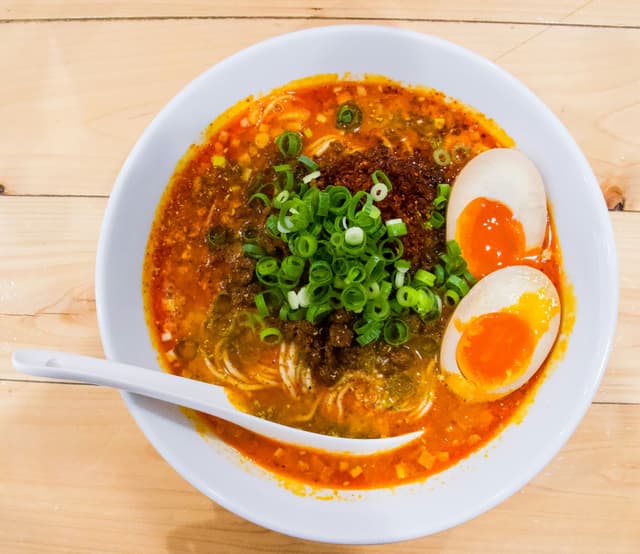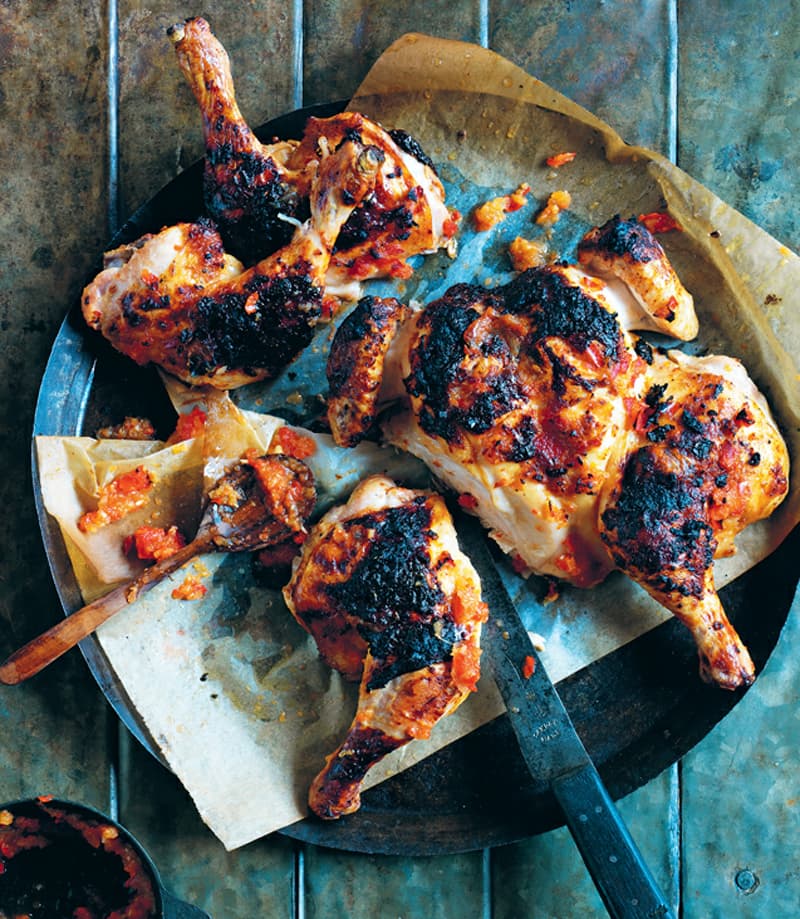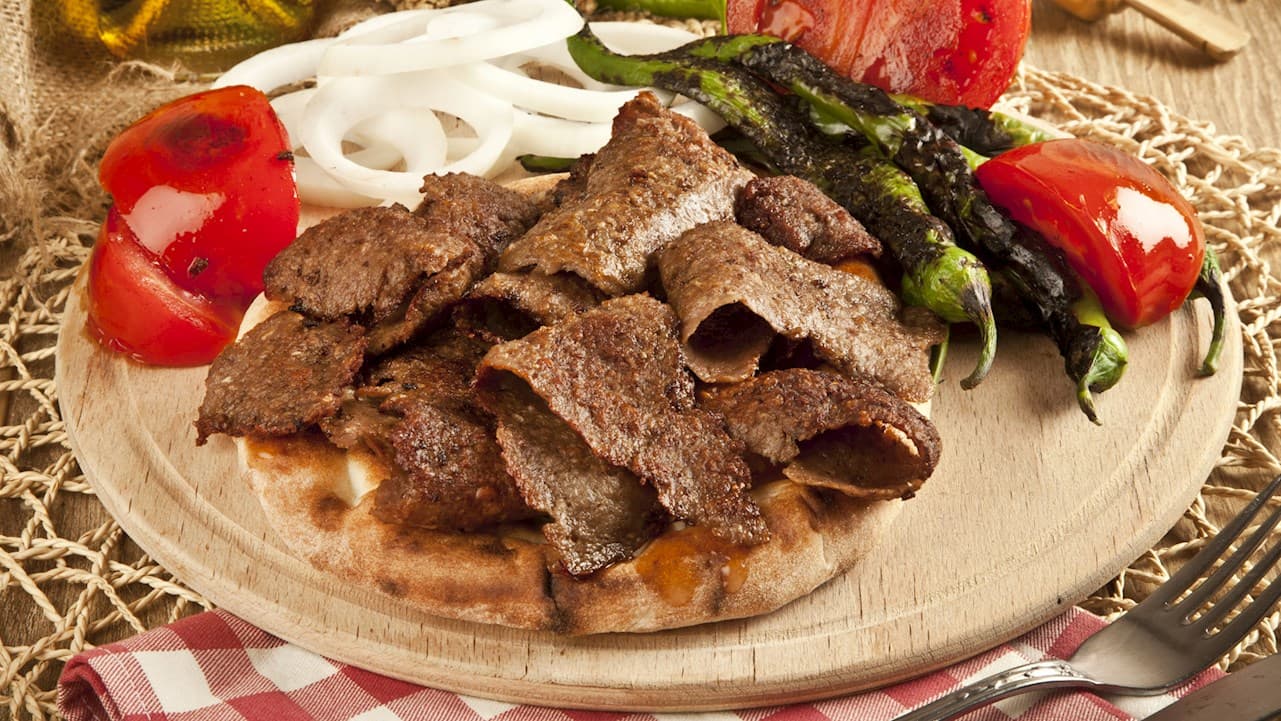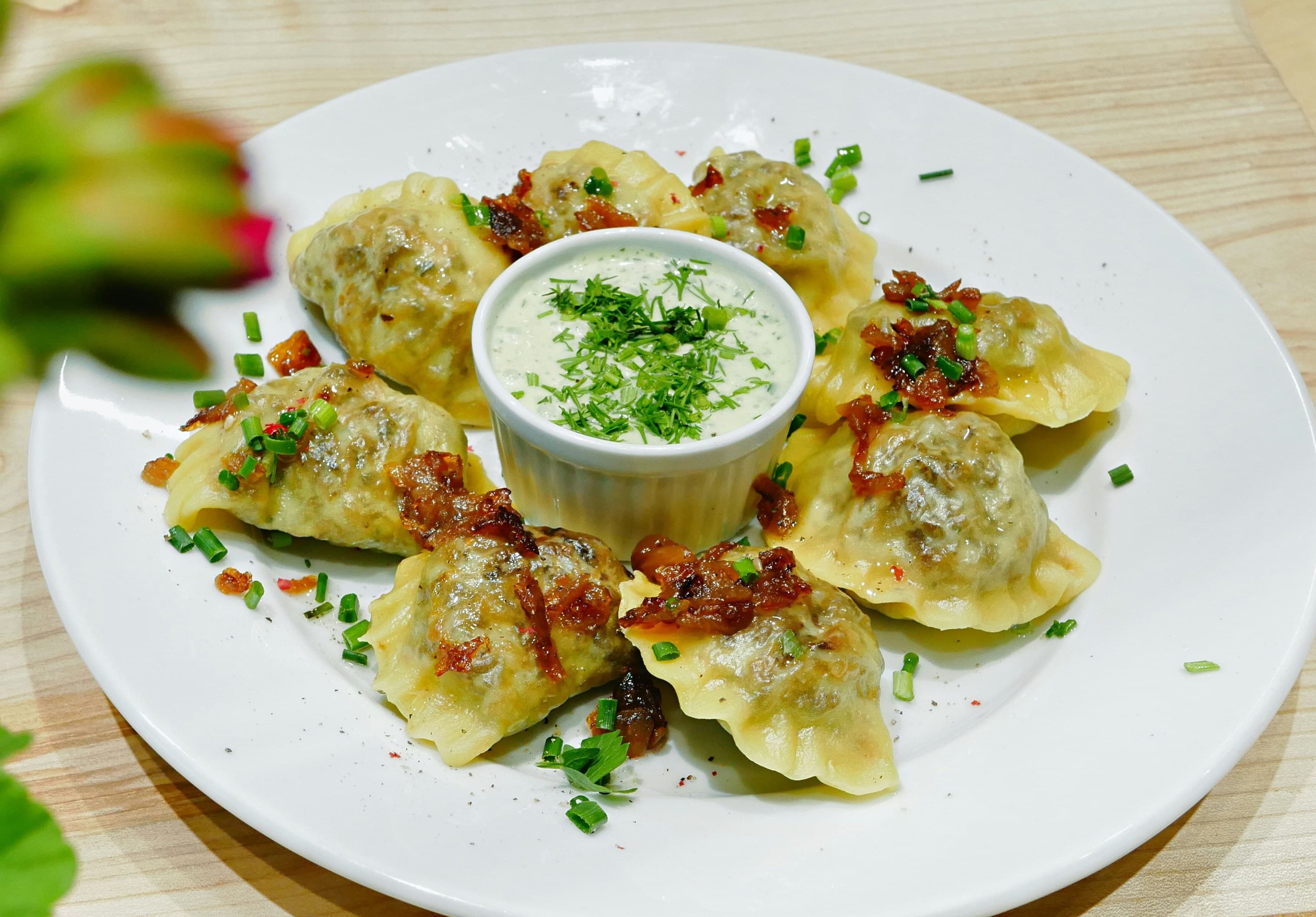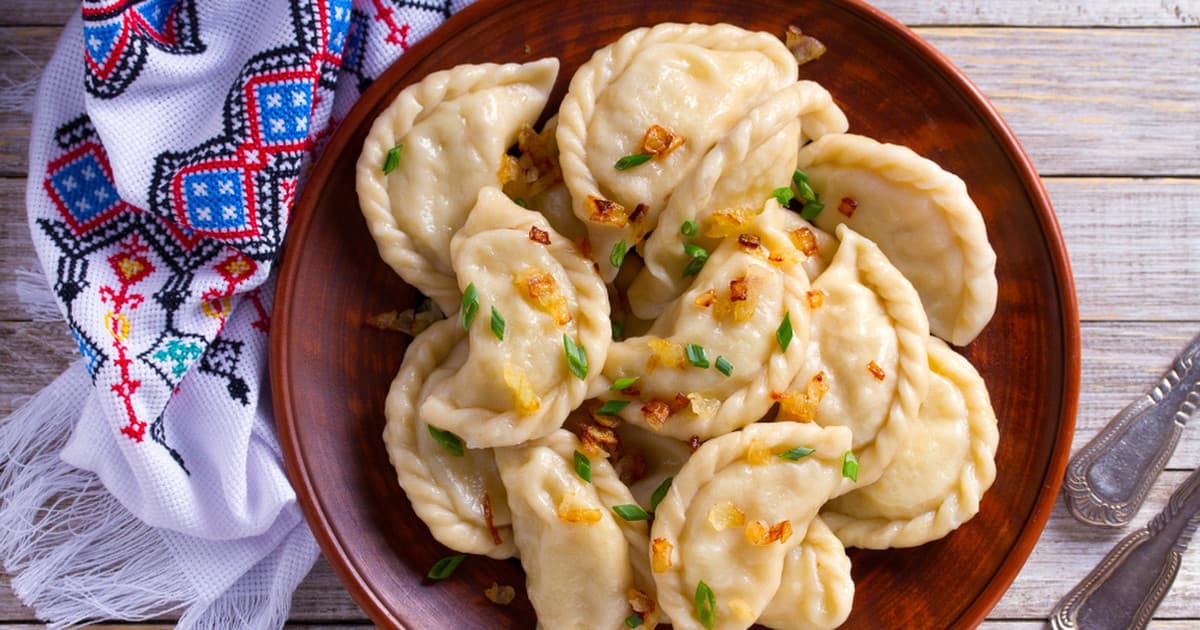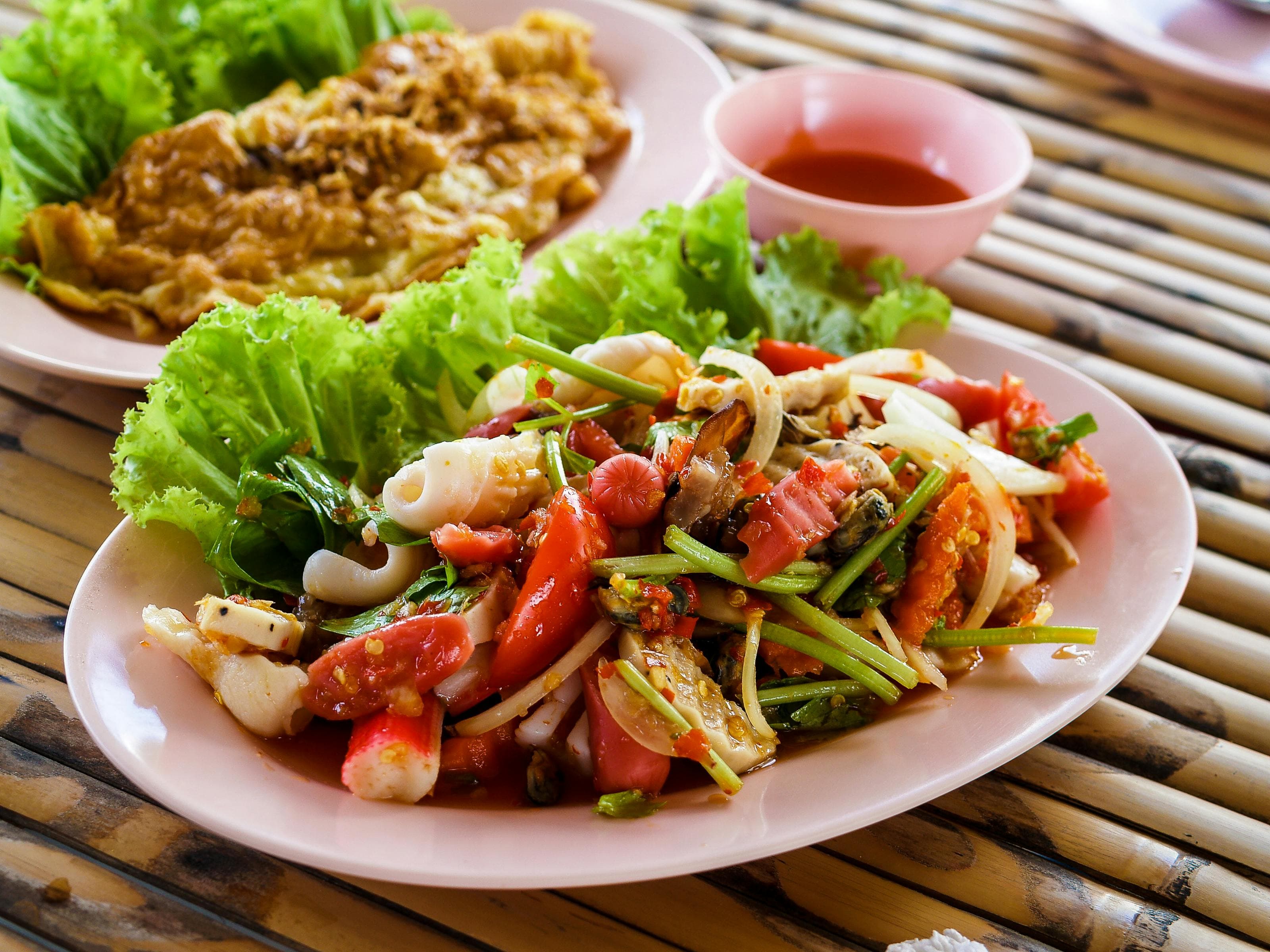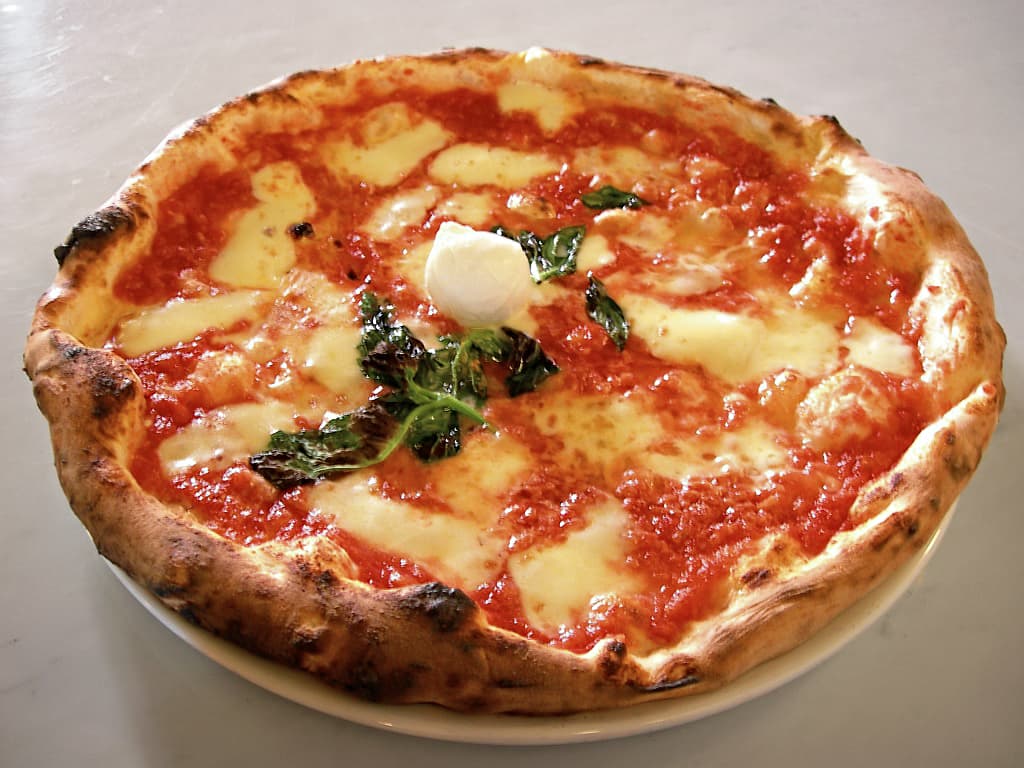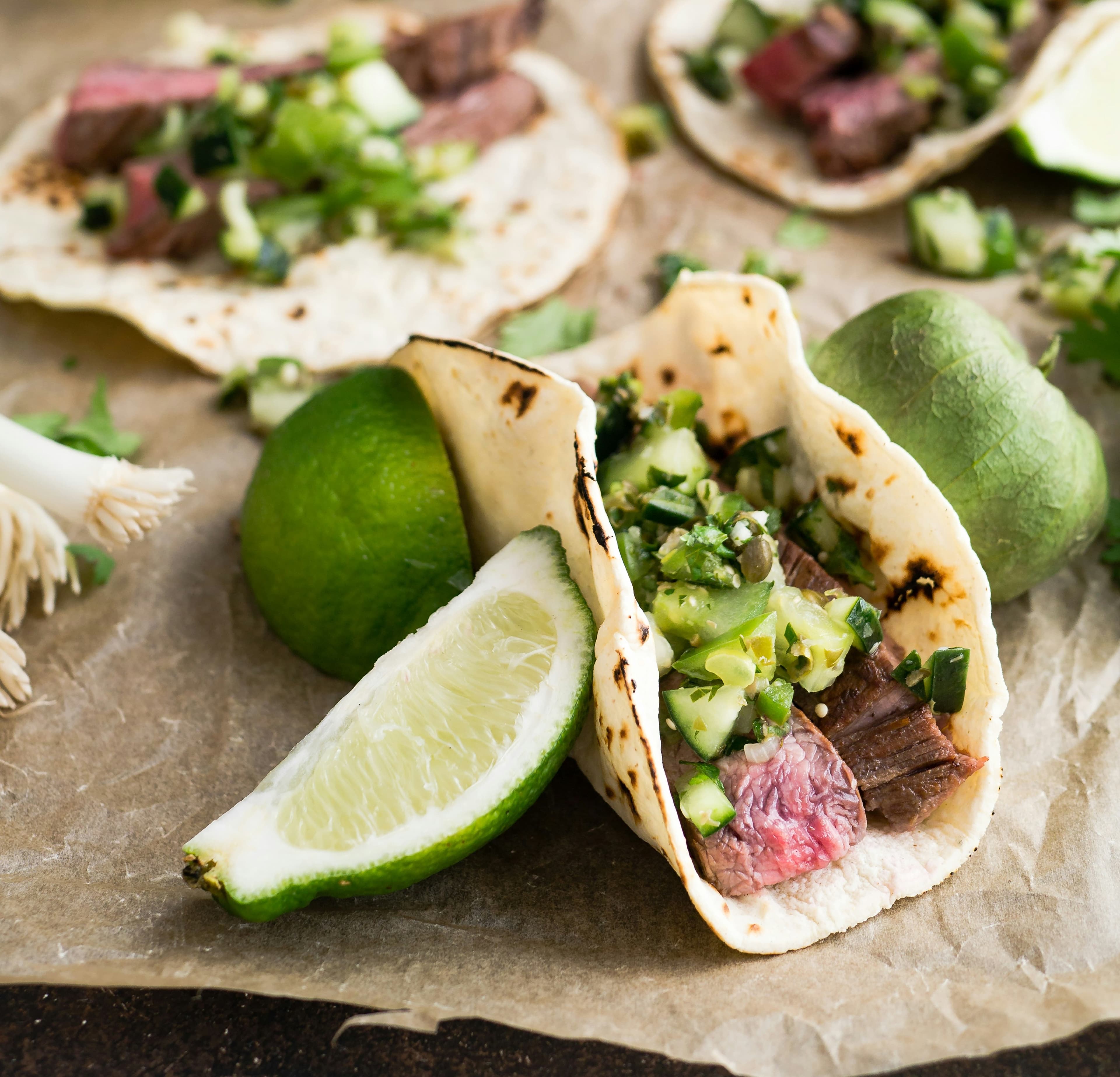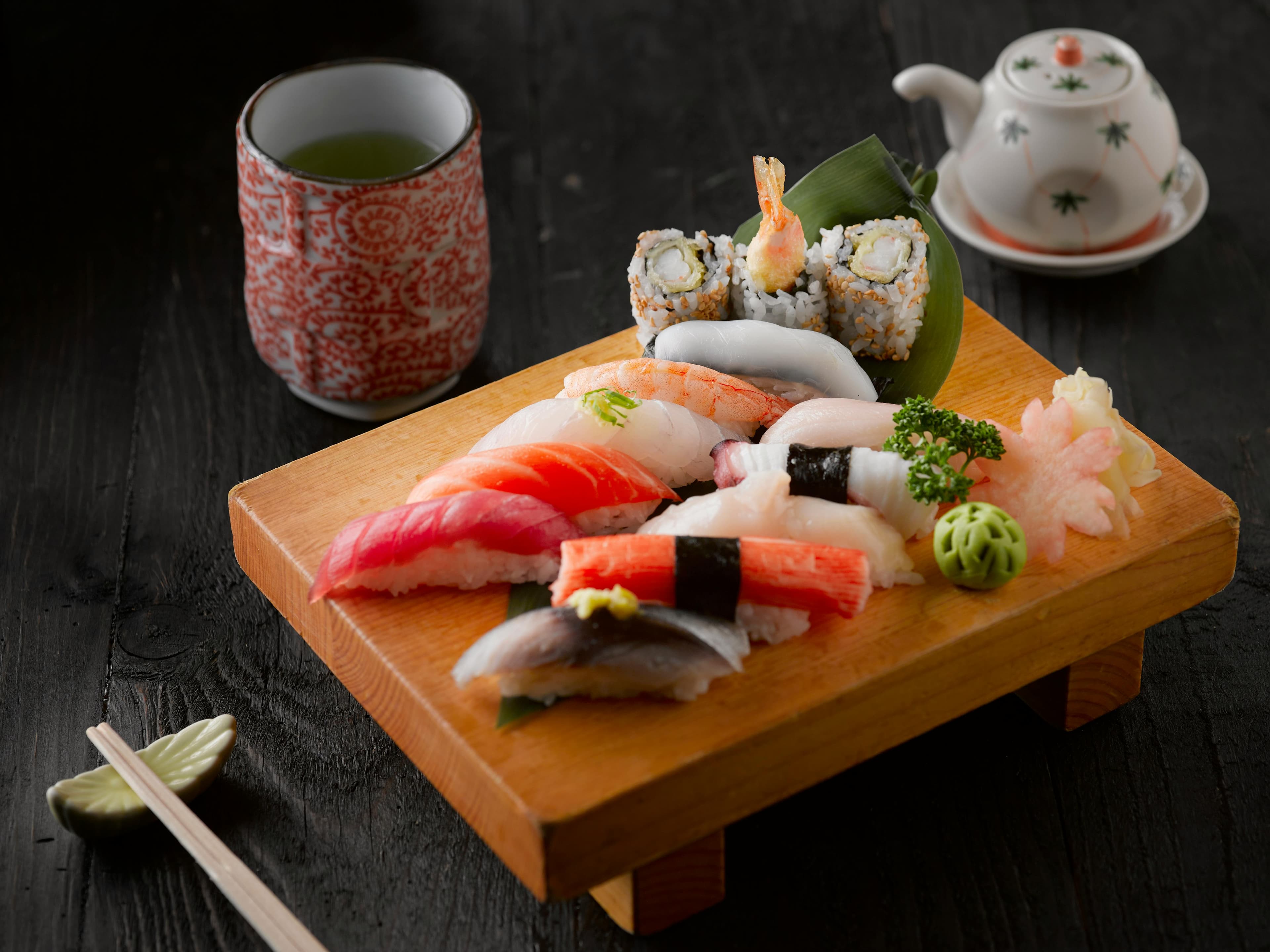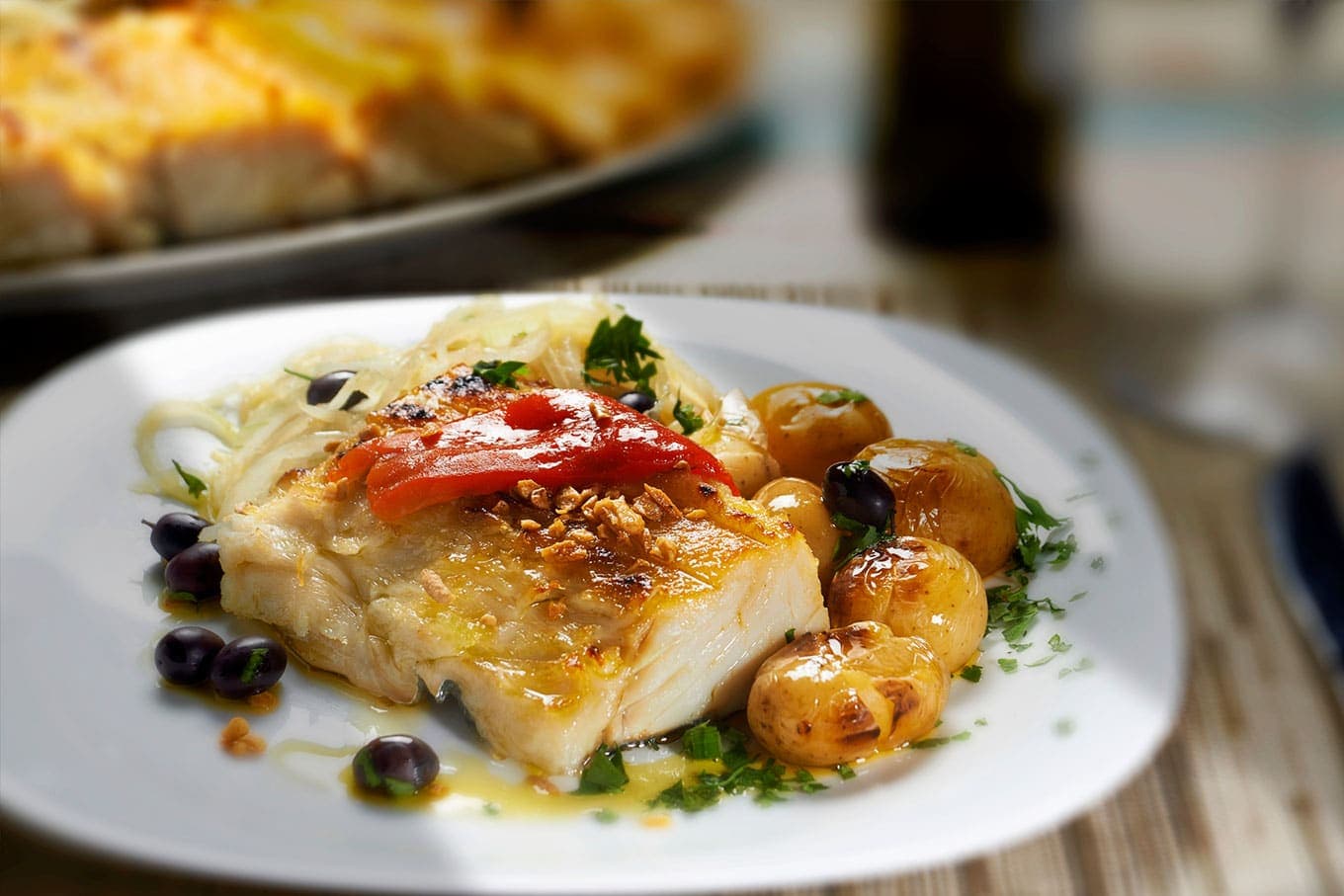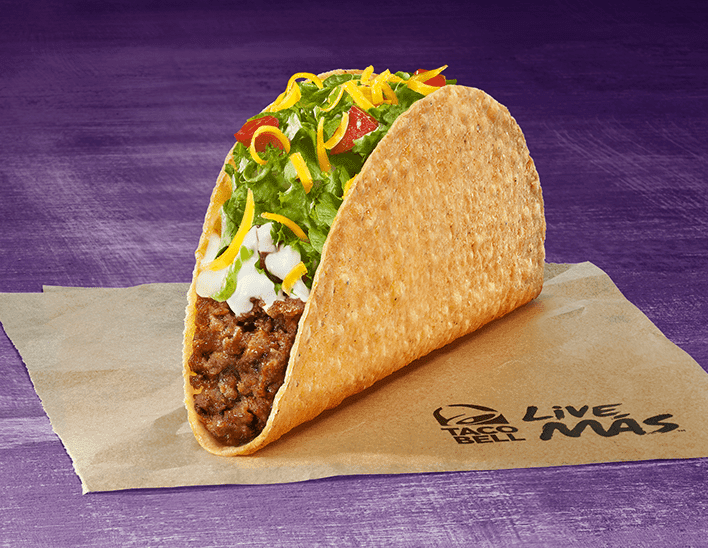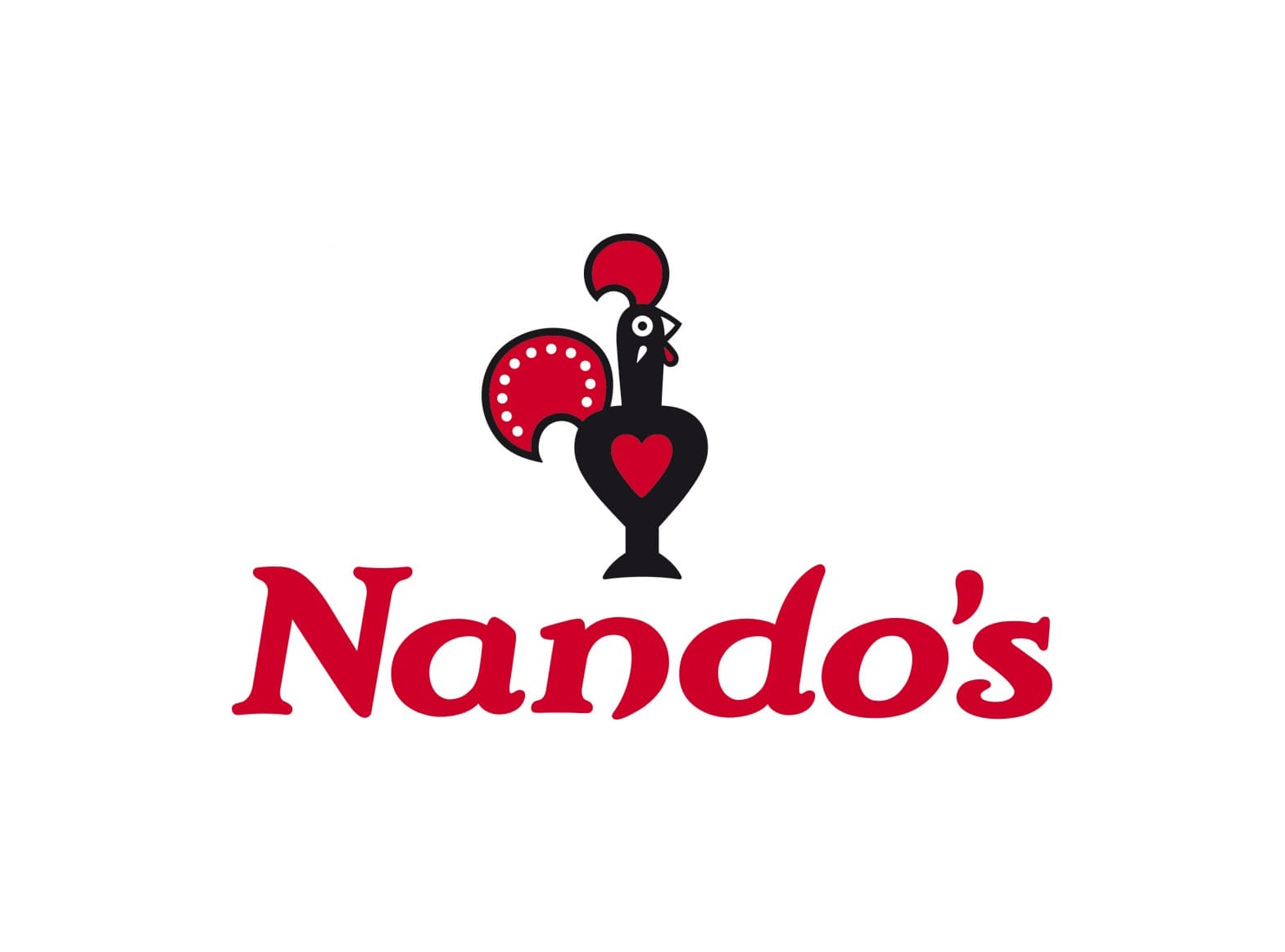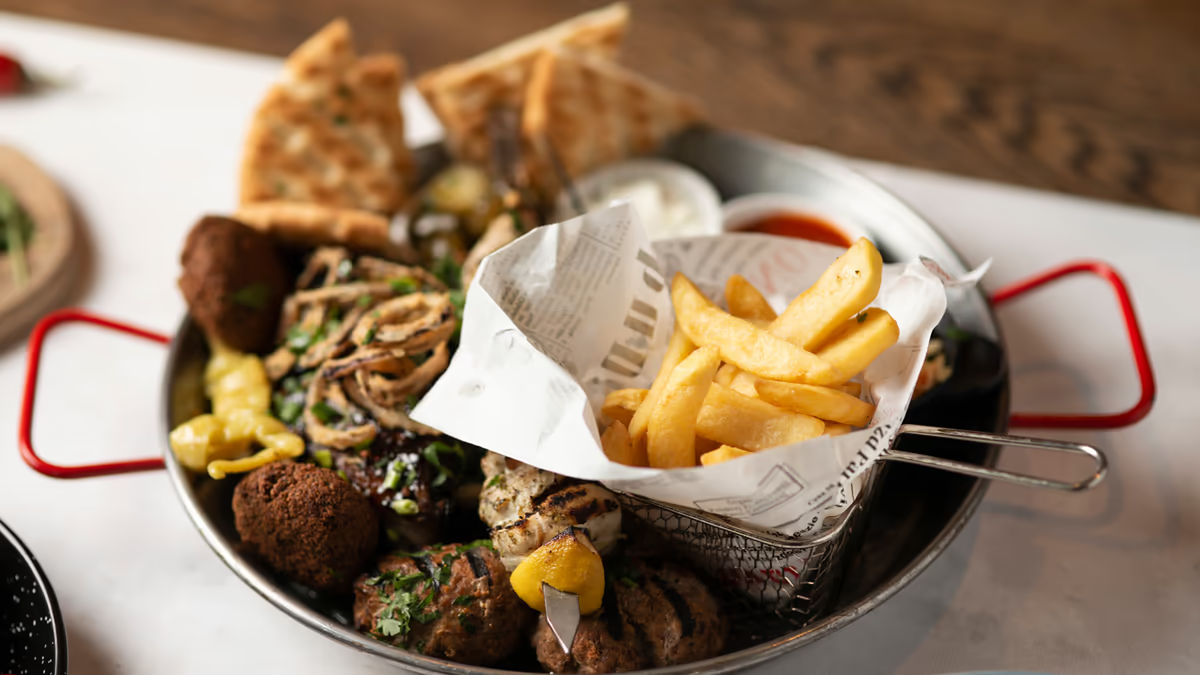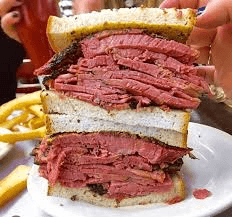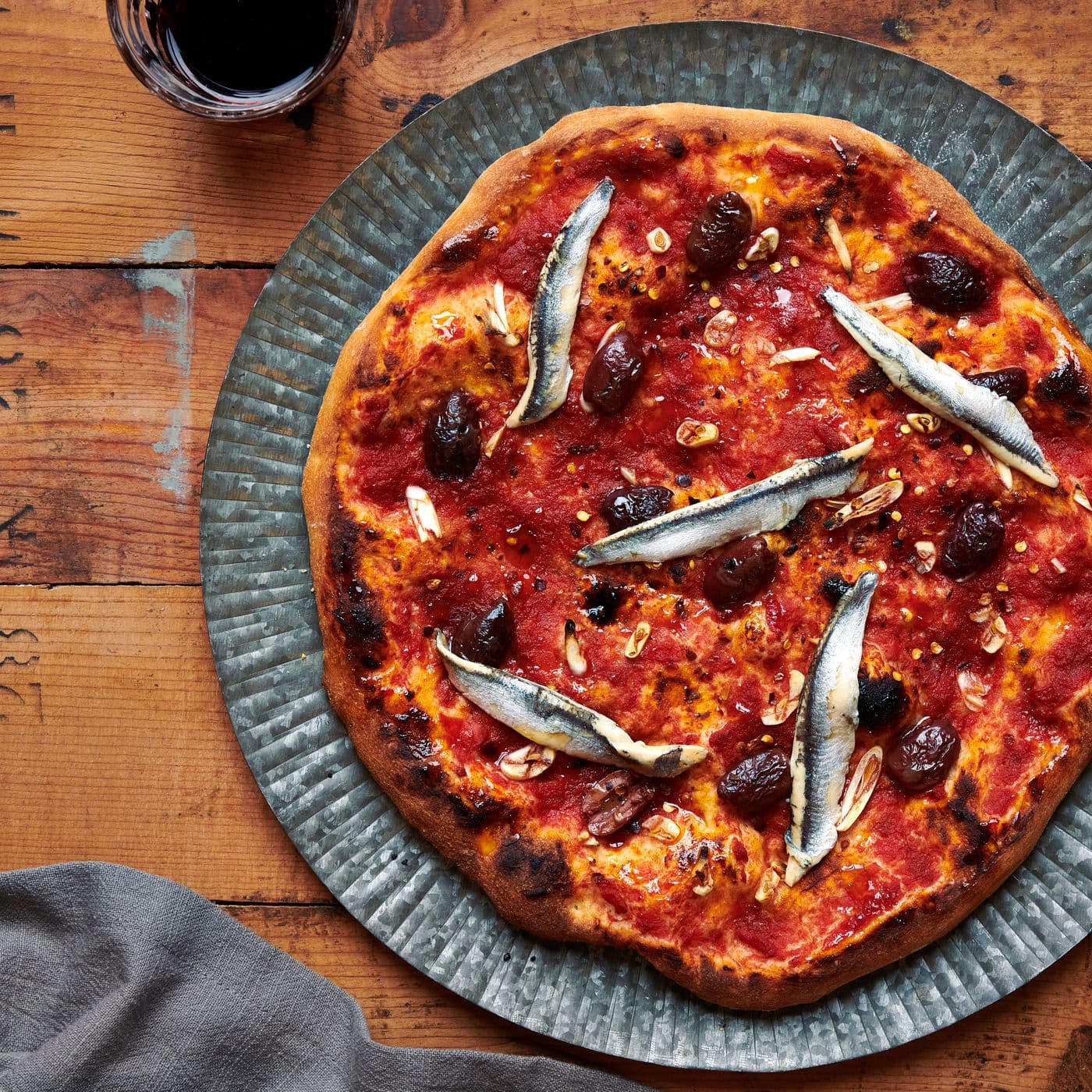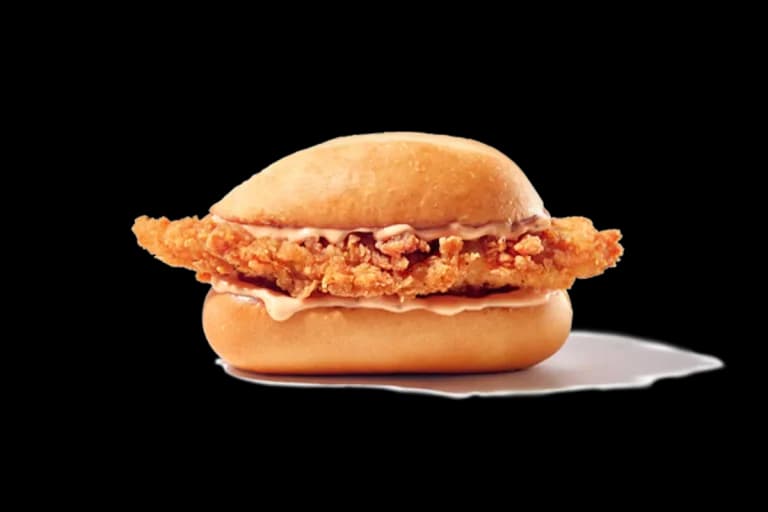Currywurst vs. Tantanmen
Currywurst
Currywurst is a German street food made of a pork sausage, usually a bratwurst, that's grilled or fried, then sliced into bite-sized pieces. It's topped with a curry-flavored ketchup sauce—basically a mix of ketchup, curry powder, and sometimes extra spices like paprika. It’s often served with fries or a bread roll to mop up the sauce. It was first made in Berlin in 1949 by a woman named Herta Heuwer, who got ketchup and curry powder from British soldiers after World War II. She mixed them up, poured it over some sausage, and started selling it at a street stand. It caught on fast, especially with construction workers rebuilding the city. Today, you can find currywurst all over Germany, but Berlin is still its unofficial home. There used to be a whole museum dedicated to it, which shows how much people love the stuff. You usually get it on a paper plate with a tiny wooden fork, and everyone has their preference—some like more curry powder on top, others a spicier sauce. Volkswagen ev...
Tantanmen
Also know as Tan Tan Ramen. This is the best ramen, period. Rich, creamy, and spicy, topped with eggs and ground pork. It has a distinctive flavor thanks to the use of chili oil and doubanjiang, a type of spicy bean paste. It originated from similar Sichuanese dish called Dandan noodles.
Reviews
Reviewed on 2/23/2025
Reviews
| Item | Votes | Upvote |
|---|---|---|
| No pros yet, would you like to add one? | ||
| Item | Votes | Upvote |
|---|---|---|
| No cons yet, would you like to add one? | ||
| Item | Votes | Upvote |
|---|---|---|
| No pros yet, would you like to add one? | ||
| Item | Votes | Upvote |
|---|---|---|
| No cons yet, would you like to add one? | ||
Frequently Asked Questions
Tantanmen and Currywurst cater to different taste preferences and culinary experiences. Tantanmen is a rich, creamy, and spicy ramen dish with a distinctive flavor from chili oil and doubanjiang, making it a favorite for those who enjoy complex and spicy Asian flavors. On the other hand, Currywurst is a straightforward German fast food dish consisting of fried pork sausage, ketchup, and curry powder, appealing to those who prefer hearty, savory, and simple flavors. The choice between the two depends on whether you prefer Asian-inspired ramen or traditional German street food.
Tantanmen is more suitable for a spicy food lover. This dish features a rich, creamy, and spicy broth, with significant heat coming from chili oil and doubanjiang, a spicy bean paste. Currywurst, while seasoned with curry powder and ketchup, generally has a milder spice level compared to the intense spiciness of Tantanmen.
Tantanmen offers a more unique flavor profile due to its combination of rich, creamy broth, spiciness from chili oil, and the distinctive taste of doubanjiang, a spicy bean paste. This results in a complex and layered flavor experience. Currywurst, while flavorful, is simpler, with its main tastes coming from the combination of fried pork sausage, ketchup, and curry powder.
Currywurst is a popular German street food made from a pork sausage, typically a bratwurst, that is grilled or fried and then sliced into bite-sized pieces. It is topped with a curry-flavored ketchup sauce, which is a mix of ketchup, curry powder, and sometimes additional spices like paprika. Currywurst is often served with fries or a bread roll to soak up the sauce.
Currywurst was first created in Berlin in 1949 by Herta Heuwer. She obtained ketchup and curry powder from British soldiers after World War II, mixed them together, and poured the sauce over sausage, which she then sold at a street stand. The dish quickly gained popularity, especially among construction workers in the city.
While Currywurst can be found all over Germany, Berlin is considered its unofficial home. Many street vendors and eateries in Berlin serve their own versions of Currywurst, each with unique twists on the sauce and preparation. It's a good idea to try different places to find your favorite.
Currywurst is typically served with fries or a bread roll, which are perfect for mopping up the delicious curry-flavored ketchup sauce. Some vendors may also offer additional toppings or variations, such as extra curry powder or a spicier sauce.
Currywurst holds a special place in German culture, particularly in Berlin, where it originated. It symbolizes post-war recovery and the blending of cultures, as it was created using ingredients from British soldiers. There was even a museum dedicated to Currywurst, highlighting its popularity and significance in German street food culture.
Tantanmen, also known as Tan Tan Ramen, is a rich, creamy, and spicy ramen dish. It is topped with eggs and ground pork and has a distinctive flavor thanks to the use of chili oil and doubanjiang, a type of spicy bean paste. It originated from a similar Sichuanese dish called Dandan noodles.
The main ingredients in Tantanmen include ramen noodles, eggs, ground pork, chili oil, and doubanjiang (a type of spicy bean paste). These ingredients contribute to its rich, creamy, and spicy flavor.
Tantanmen originated from a similar Sichuanese dish called Dandan noodles. Over time, it has evolved into its current form, gaining popularity for its rich and spicy broth.
Tantanmen is distinctive due to its rich, creamy, and spicy broth, which is flavored with chili oil and doubanjiang (spicy bean paste). The combination of these ingredients creates a unique and flavorful ramen experience.

